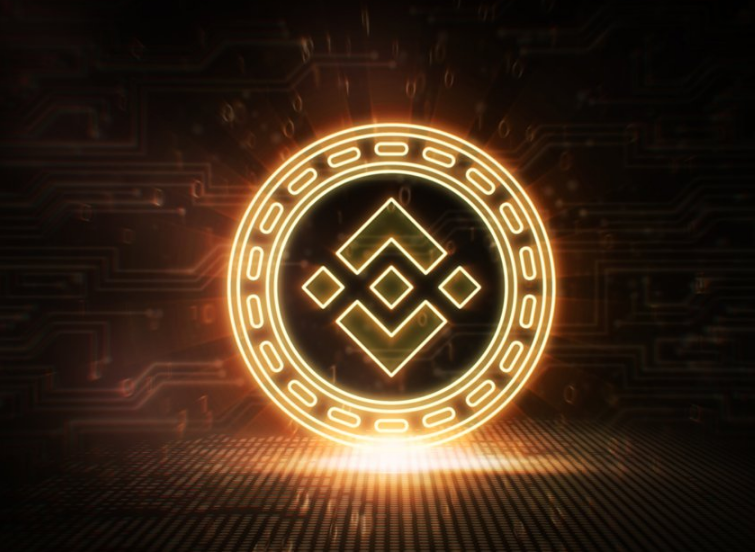There is much rivalry in the field of decentralized finance. Although Bitcoin was the globe’s first programmable currency, several initiatives tried to simplify blockchain programming, questioning what is so exciting about Bitcoin.
The first one was Ethereum, which purpose was to make it easier for developers to design programs that operated on top of a decentralized blockchain.
This enabled those looking for loans or higher rates to avoid financial institutions and organizations that paid high fees and demanded proof of identity. Individuals may now utilize DeFi to get a medium of exchange, a method of trading, loans, and other services without the requirement for the consent of any third entity.
This Binance Smart Chain is among the most prominent competitors to emerge from the decentralized financial field (BSC). However what exactly would be Binance, this Binance Coin (BSC), plus how do these work? Read on to know further to have an overall better understanding.
Table of Contents
Key Points of Binance Coins
Binance (BNB) is indeed a top cryptocurrency exchange throughout the globe.
Binance Coin was released in 2017 like an ERC-20 currency over the Ethereum network by the Binance trading. This was a utilitarian token that allowed exchange customers to pay lower fees when they utilized this token for trades.
Whenever Binance Coin had been issued around September 2020, this was migrated to this Binance Smart Chain.
This Binance Smart Chain would be a blockchain infrastructure containing smart contracts built to build a decentralized financial (DeFi) environment.
This Binance Smart Chain uses the Evidence of Authorities consensus process.
Changpeng Zhao, the creator of Binance, once referred to this Binance Smart Chain also as CeFi (centralized finance) and CeDeFi, via another tweet.
Given this Binance exchange’s ownership over this Binance Smart Chain, this is not easy to separate assets created on this from securities, especially BNB.
Few Words About Binance
Changpeng Zhao started Binance, another cryptocurrency trading platform. The corporation was originally situated inside China; however, it migrated to the Cayman Islands when rising Chinese regulations jeopardized its operations.
With its vast choice of trading pairings and relatively cheap costs compared to rivals, Binance swiftly became another of, though not the, biggest crypto trading sites in the globe. The site’s early absence of KYC (knowing your client) limitations was also tempting to some; however, numerous verification procedures have subsequently been introduced.
Introduction To Binance Coins
Binance introduced their Binance Coin (BNB) like an ERC-20 currency over Ethereum around 2017 as an introductory coin offering (ICO). This firm provided 10percent of the supplies to angel venture capitalists, 40percent to the original group, and the remaining quantity to the general public.
The currency serves as a convenience token for this Binance trade, allowing customers to repay for transactions plus trading costs at a reduced rate than any conventional tokens.
Binance employs the “burn” method, which means that the profits from token transactions are used to repurchase additional BNB, which are subsequently burned (wholly demolished).
During 2019, this token moved away from that Ethereum network and towards a fresh native chain. These were then relocated following the launch of the new Binance Smart Chain.
Overview of Binance Smart Chain
Binance unveiled its newest DeFi infrastructure, BSC, around September 2020, and this was later implemented around April. Its goal was to provide a solution to Ethereum and other popular DeFi platforms.
Throughout times, Ethereum grew beyond the capacity of its infrastructure, resulting in congestion, sluggish transactions, plus fees extremely high that transferring anything less than $100 was practically unfeasible unless precisely timed.
This resulted in the creation of rival smart contract systems, such as BSC, that flourished fast since Ethereum was unable to provide any sustainable platform for individuals who couldn’t manage those fees.
Currently, BSC possesses $26 billion in overall value locked up in the system’s many applications.
Conclusion
Evaluating the quality of digital currencies as a potential investment opportunity might be a difficult task. When assessing the decentralization of anything like Bitcoin and even Ethereum, this is easy to set a price upon that. Bitcoin, for instance, has a large number of geographically dispersed nodes and miners and has withstood Eleven years of highs and lows.

